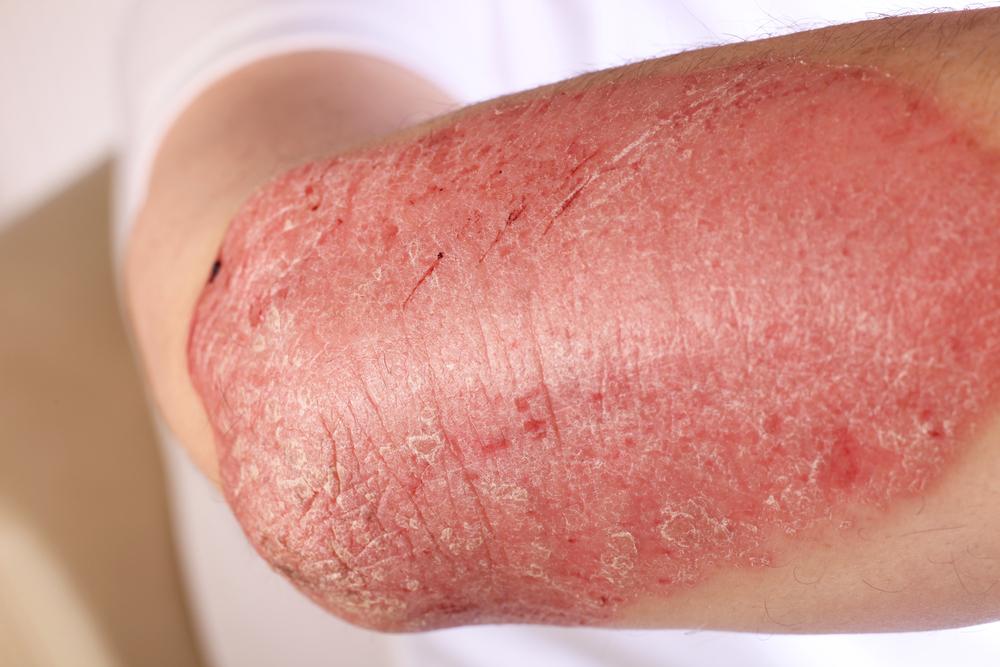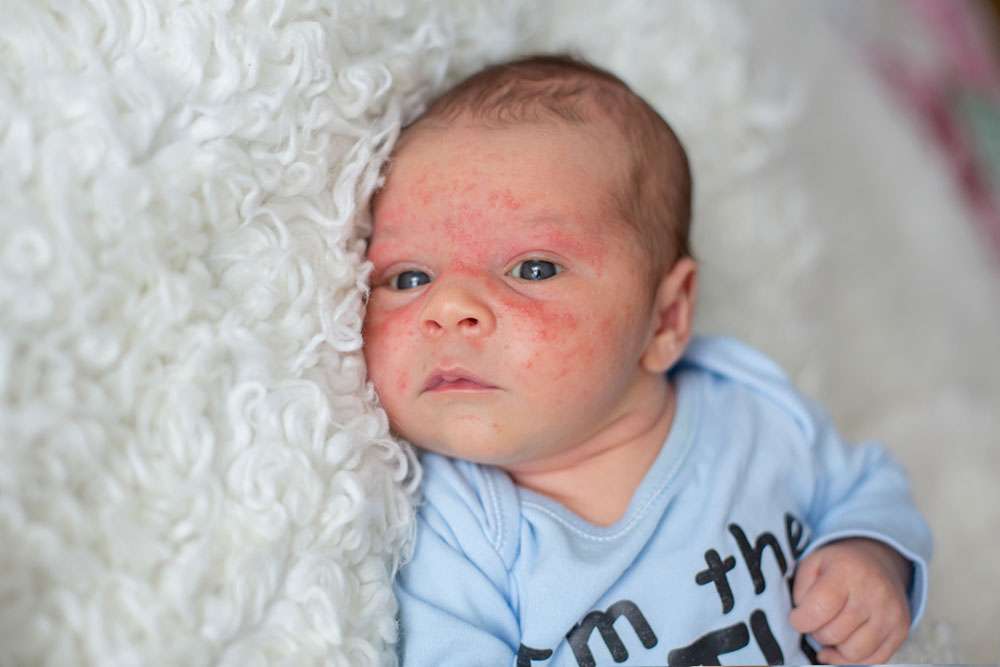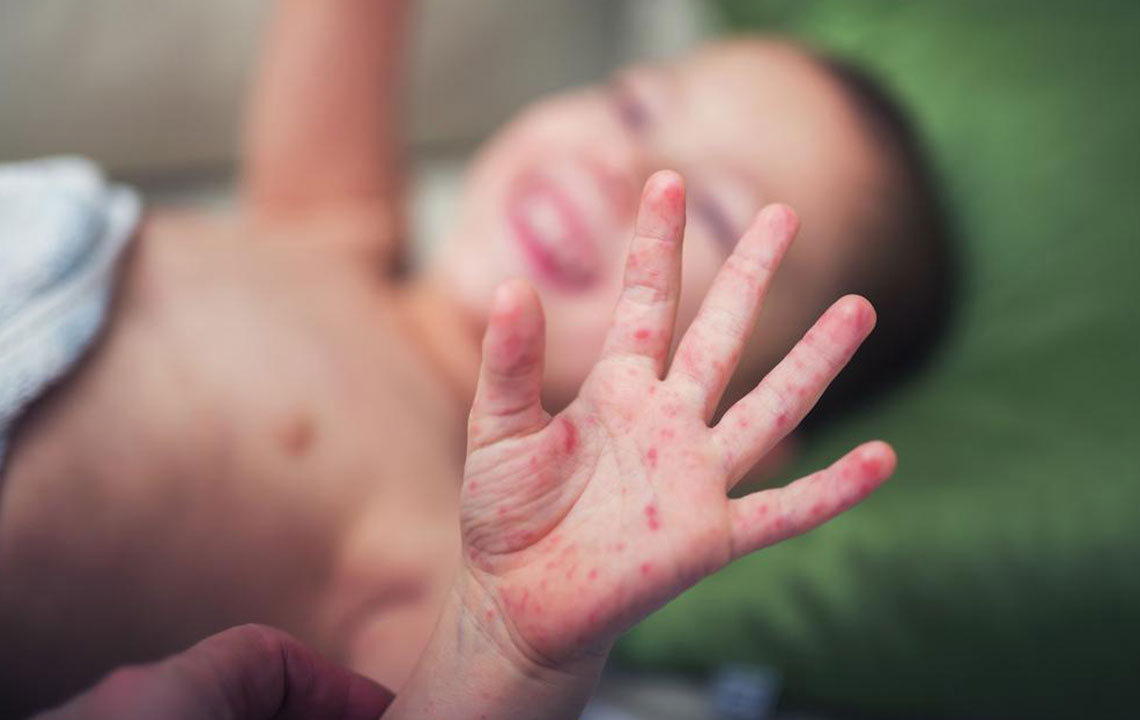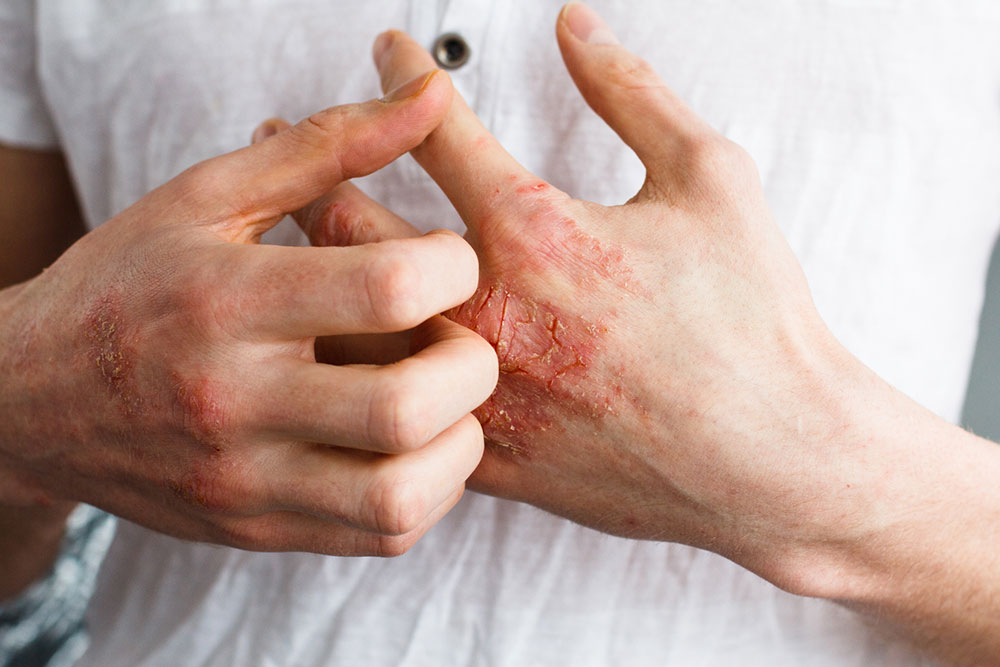Comprehensive Guide to Infant Eczema: Symptoms, Causes, and Effective Treatment Strategies
This comprehensive guide explores infant eczema, detailing its symptoms, causes, and effective treatment strategies. It emphasizes the importance of proper skincare, trigger avoidance, and medical intervention to manage flare-ups. Most children outgrow eczema, but early and consistent care is vital for comfort and healthy skin development. The article offers practical advice for parents and caregivers to improve their child's quality of life and prevent complications, ensuring sensitive skin is well cared for through tailored approaches and medical support.

Comprehensive Guide to Infant Eczema: Symptoms, Causes, and Effective Treatment Strategies
Infant eczema, a common skin condition affecting many babies worldwide, manifests through dry, itchy, and inflamed skin. Also known as atopic dermatitis, this condition can be challenging for both infants and their parents. Approximately 20% of young children experience eczema, often beginning before they reach the age of two. While there is currently no permanent cure for eczema, effective management strategies can significantly alleviate symptoms and improve the quality of life for affected infants. Most children tend to outgrow eczema as their skin matures, but during the early years, diligent skin care and proper treatment are essential.
Understanding the signs, causes, and treatments of infant eczema is crucial for parents and caregivers. This comprehensive guide aims to provide detailed insights into the condition, offering practical advice on managing and reducing flare-ups through lifestyle adjustments, skincare routines, and medical interventions.
Recognizing the Symptoms of Infant Eczema
Early detection of eczema can help mitigate discomfort and prevent secondary infections. Typical symptoms include persistent itching that can disturb an infant’s sleep and irritate their delicate skin. Visible signs often comprise redness, dry patches, rough or scaly skin, and in some cases, crusting or oozing, especially if the skin becomes infected due to scratching. These symptoms are predominantly found on the cheeks, forehead, scalp, and the folds of the elbows and knees. As children grow, eczema may appear in different areas but remains characterized by irritation and dryness.
Understanding the Causes Behind Infant Eczema
The precise cause of infant eczema remains somewhat elusive; however, genetics play a significant role in its development. A family history of allergic conditions such as asthma, hay fever, or other atopic diseases increases the likelihood of an infant developing eczema. The skin barrier in affected infants tends to be weaker, making their skin more vulnerable to irritation and dryness. External factors also contribute to flare-ups, including exposure to harsh soaps, shampoos, bubble baths, and fabric softeners. Environmental allergens and irritants like pollen, pet dander, and dust mites can further aggravate the condition. Additionally, weather changes—particularly cold and dry conditions—can trigger or worsen eczema symptoms.
Effective Strategies for Treating and Managing Infant Eczema
Managing infant eczema involves a combination of skincare routines, avoiding triggers, and, in some cases, medical treatment. The primary goal is to soothe irritated skin, maintain skin hydration, and prevent infections. Regular use of emollients—rich moisturizers designed to lock in moisture—is fundamental. Applying emollients immediately after bathing and multiple times throughout the day can provide significant relief.
When symptoms are more severe, healthcare professionals may prescribe mild topical steroid creams or gels to reduce inflammation. These medications should only be used under medical supervision to avoid potential side effects. For persistent itching that disrupts sleep or causes distress, antihistamines might be recommended to improve comfort. In cases where the skin becomes infected, antibiotics prescribed by a doctor are necessary.
For severe or persistent cases, innovative treatments such as wet wrap therapy are often employed. This technique involves covering the skin with wet bandages or clothing treated with medicated ointments to enhance absorption and minimize itchiness. Additionally, maintaining a cool, humid environment and avoiding known irritants can help prevent flare-ups.
Additional Tips for Parents and Caregivers
Opt for gentle, fragrance-free skin care products designed specifically for infants.
Use lukewarm water for bathing to prevent drying out the skin.
Pat the skin dry gently rather than rubbing after bathing.
Dress infants in soft, breathable fabrics such as cotton.
Keep a close eye on environmental triggers like pet dander and pollen.
Maintain a skincare routine with consistent moisturization.
Consult healthcare professionals promptly if symptoms worsen or if signs of infection appear.
Prognosis and Long-term Outlook
While infant eczema can be bothersome, the prognosis is generally positive. Most children experience a reduction in symptoms as they age, with many outgrowing the condition by adolescence. However, some individuals may continue to experience mild eczema into adulthood. Early intervention and proper skincare routines are key to minimizing discomfort and preventing complications. With ongoing management, children with eczema can participate fully in daily activities and enjoy a good quality of life.
In conclusion, understanding infant eczema—its symptoms, causes, and treatment options—is essential for effective management. Parents and caregivers should work closely with healthcare professionals to develop personalized care plans, ensuring that infants experience minimal discomfort while supporting healthy skin development.





